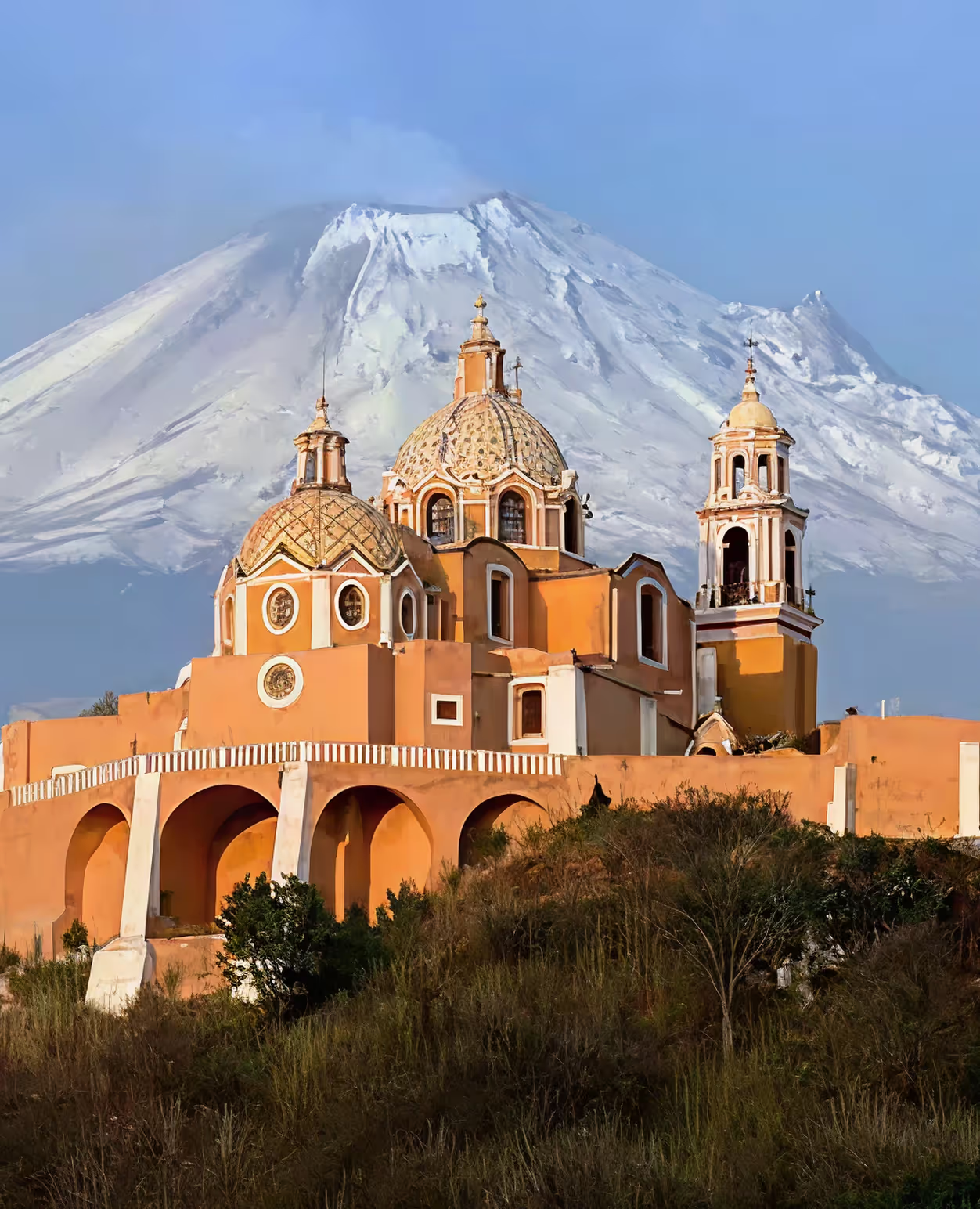Plan your trip
Plan my custom trip
Request a quote
Customize my trip
Design your trip
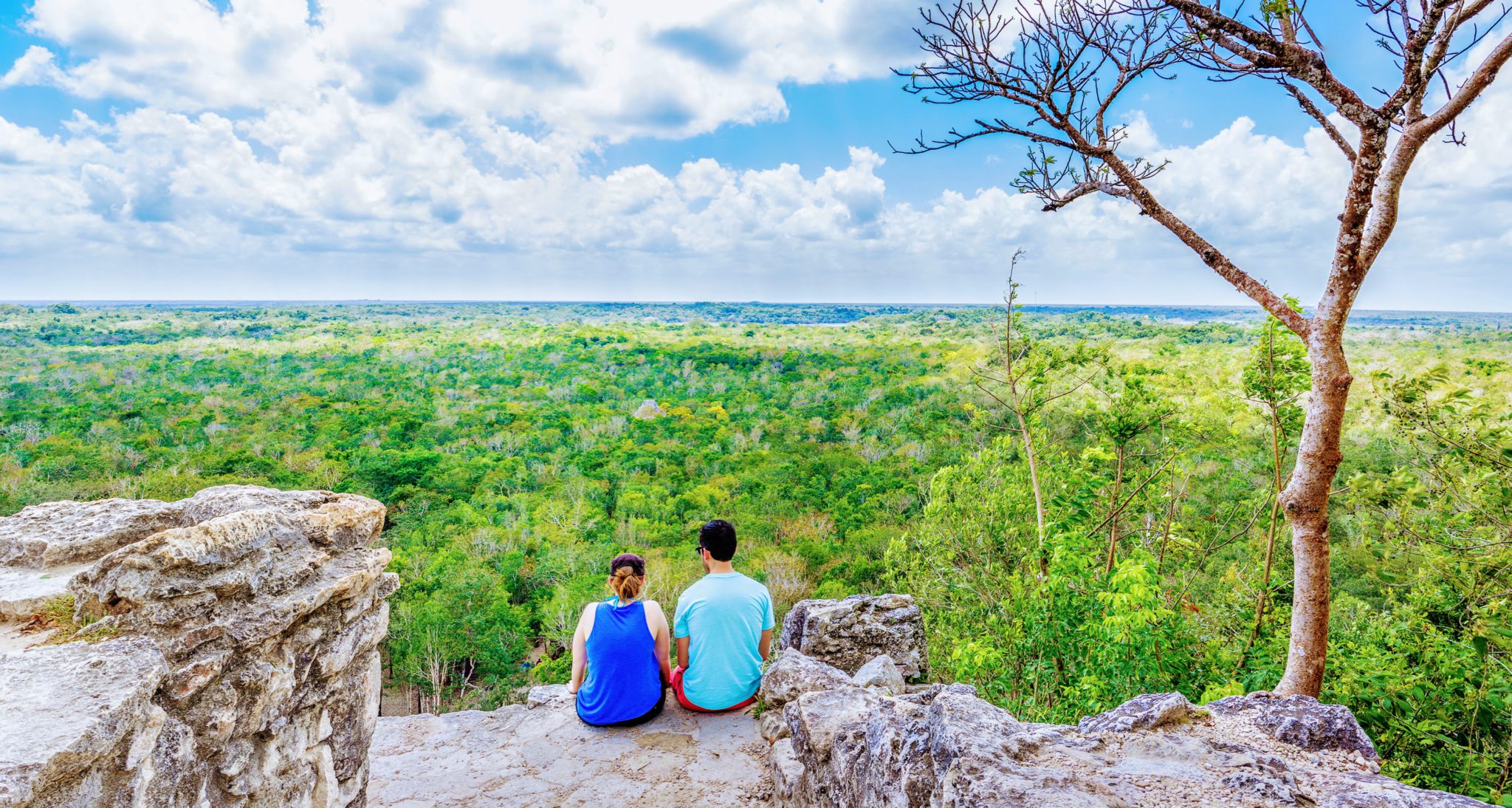



Many reasons determine the name of a place. Elements such as climate, vegetation, animals, etc., can influence it. For example, what does Mexico mean? Although there are several theories, one of the most common is composed of the Nahuas words metztli (moon) and xictli (navel), which means “in the center of the moon.” The same happens with some Mayan cities of Quintana Roo, Mexico.
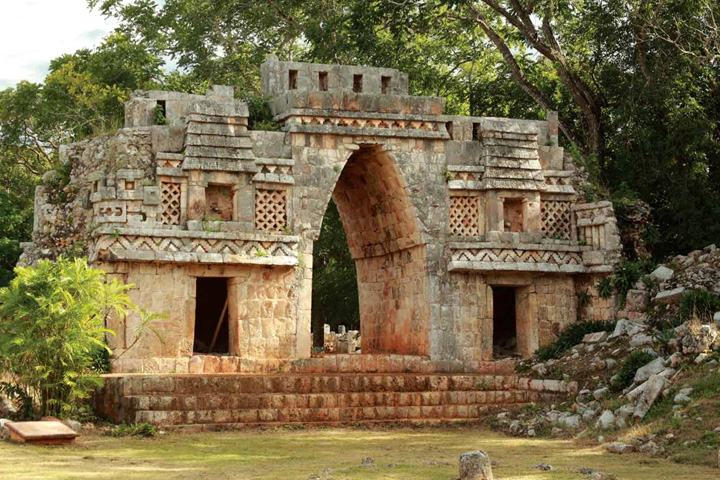
There are 68 indigenous languages in Mexico, and many of them are reflected in the names of the most emblematic places. Some popular names are Coyoacán, Tlaxcala, Chapultepec, Pátzcuaro, Querétaro, etc. Likewise, in the center of Mexico, most of the toponyms come from Nahua words or other regional languages. However, the dominant language of the Yucatan peninsula is Mayan.
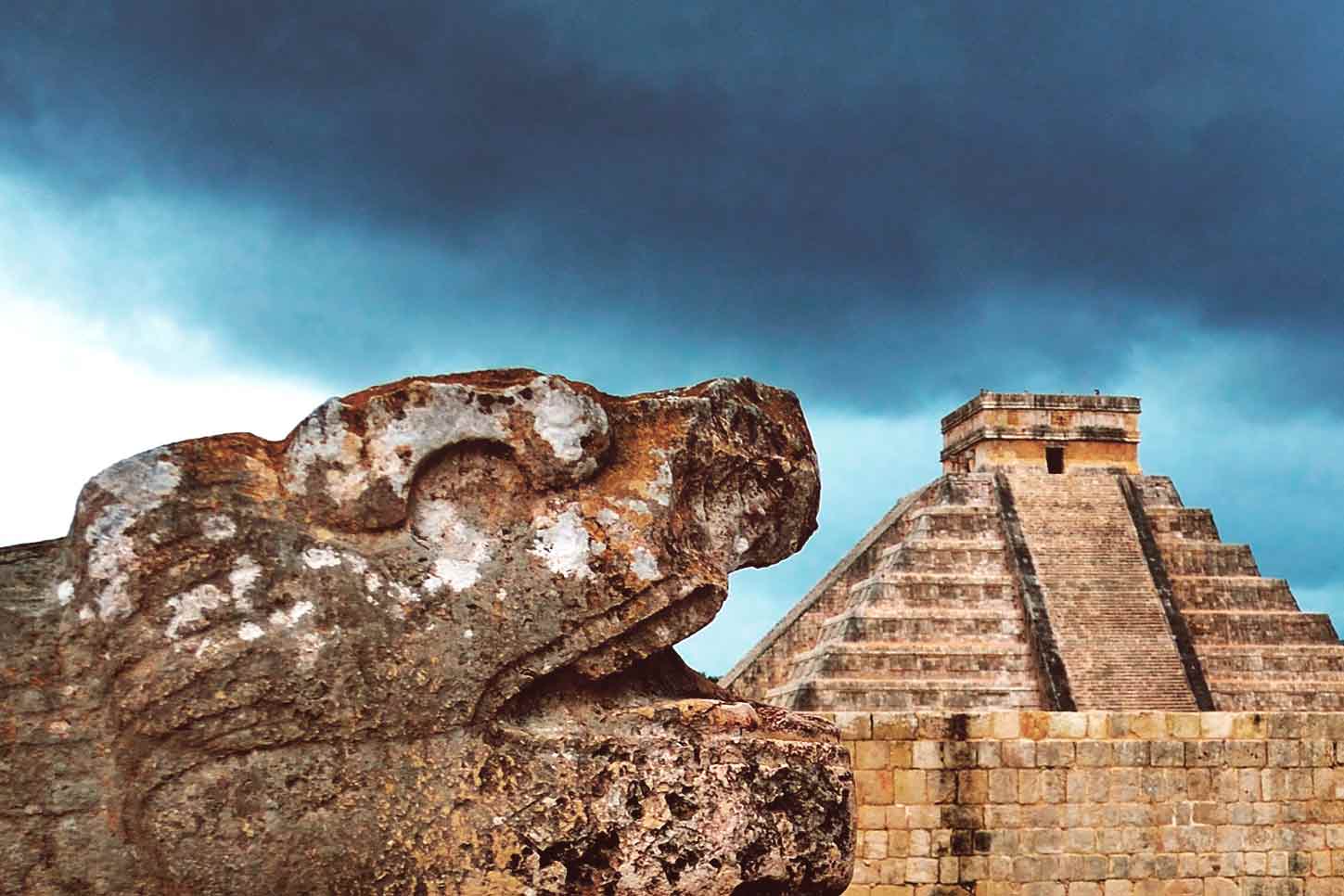
That is why we hear exotic names of the cities of the peninsula. Many well-known sites have become easy to pronounce because of their fame—for example, Chichen Itza, Tulum, and Ek Balam. But we usually keep silent and read carefully before pronouncing names like Chunhuhub, X-Hazil, Kantunilkín, etc. Therefore, today we will know the meaning of some of the Mayan cities of Quintana Roo.
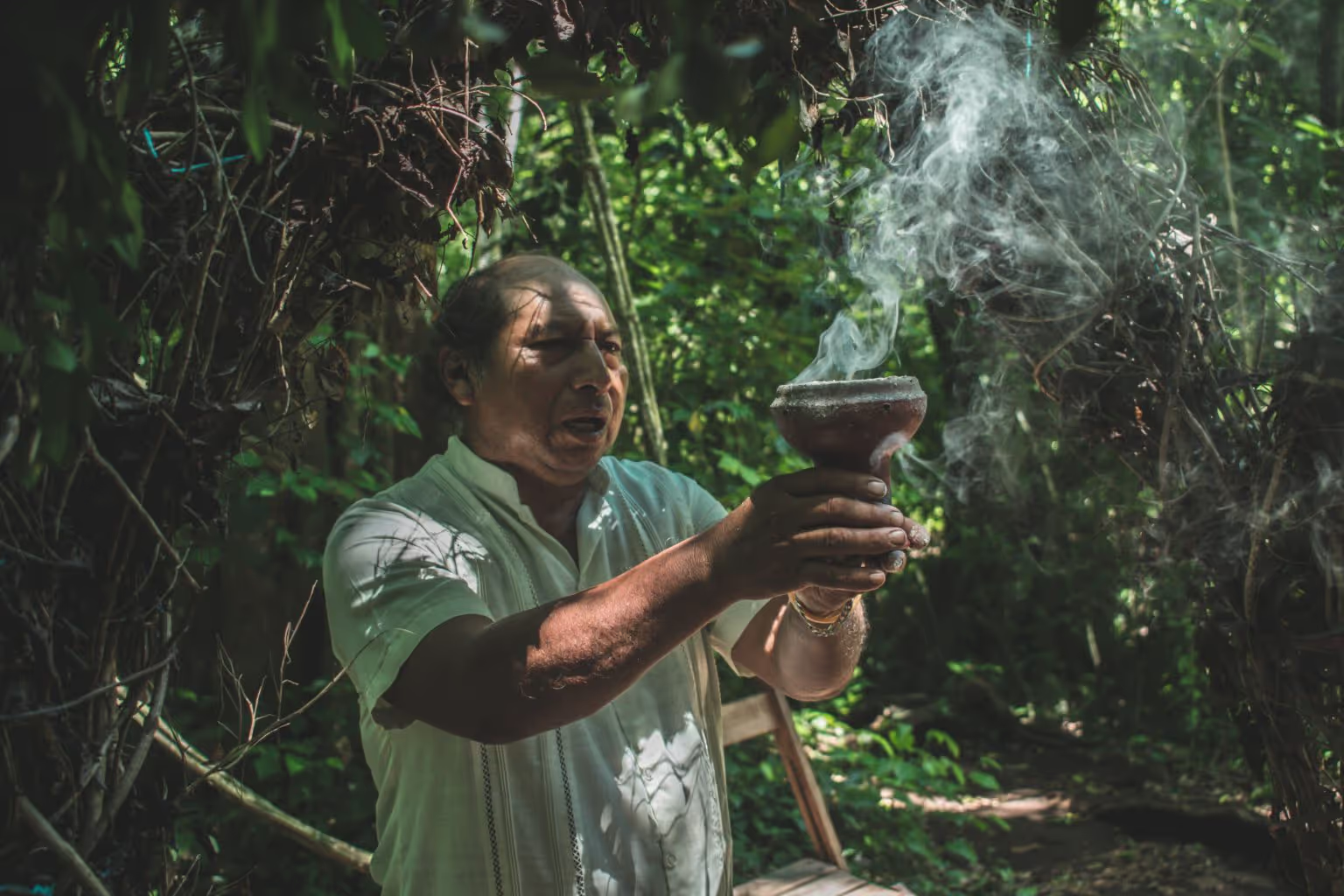
The Maya were a strong empire. Inhabited the entire peninsula and its influence reached as far as Oaxaca and other countries such as Belize and Guatemala. After the fall of their empire in the IV century, the Spaniards found scattered villages, united by their culture and language but not by political power. However, the power of the Maya civilization is so strong that it’s still alive 500 years later and survives today. Proof of this is the names of the cities, which remain to this day.
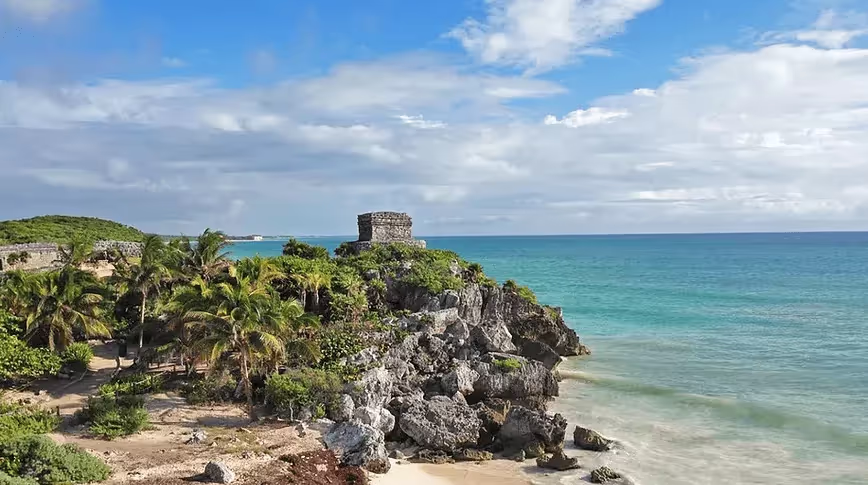
Let’s start with Holbox: which means “black hole” what does this mean? The truth is that we still don’t know!. The Mayas have inhabited the island for so many centuries that the reference is unknown. Perhaps on the island, far from man’s eyes, there is some mysterious, unfamiliar place, a hole of extraordinary proportions that the ancient Mayas knew and turned into a sacred place, thus naming the whole island?. Let’s see more examples.
Cozumel: comes from the word kuzamil, the island of swallows, which represents it perfectly because swallows live here mainly. They seem to be delighted by the warm temperature of the island in Quintana Roo.
Tulum: means “wall.” Long ago, it was called Zamá, “dawn,” because it points east, where the sun rises. Eventually, the settlers built a temple in the area, perhaps inspired by the cliff surrounding them; they thought of it as a wall that would protect them.
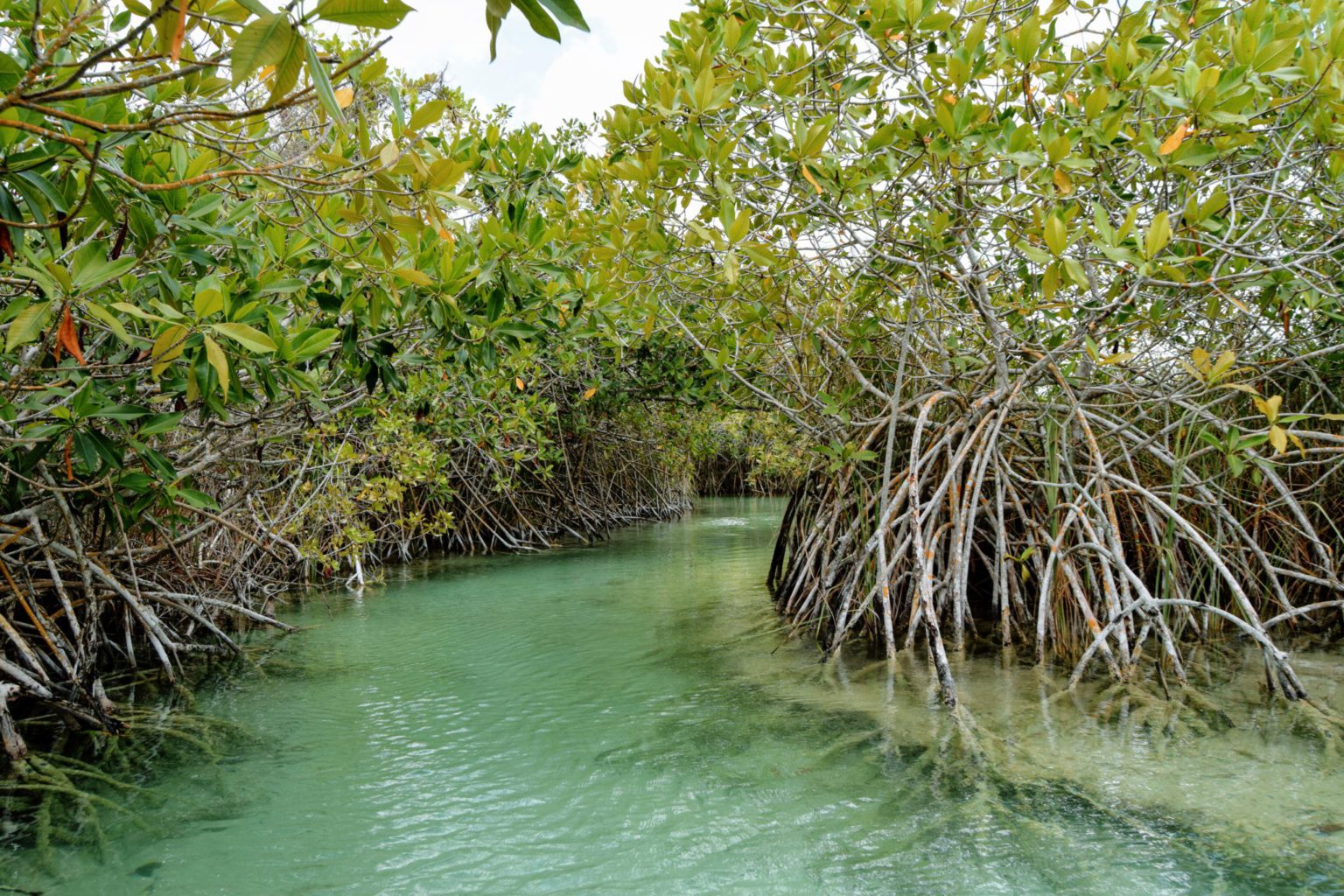
Towards the south of Quintana Roo is the Sian Ka’an Biosphere Reserve: which translates as “origin, door or gift from heaven,” rightly so! Its geological faults and the water that runs through the area make it a natural paradise.
Chunhuhub: According to the Cultural Information System, it has two possible meanings. The first is “together with the snail” and the second is “root/trunk of pinus caribaea tree.” The latest shows the importance of the flora and the magnificent trees spread throughout the region.

Chetumal: There are also two possible meanings for this place. One comes from ch’aak temal, “where the red trees grow.” Or Cháak teʼ éemal, “where the rain comes down.” Both make sense, one shows the importance of trees for the Mayas, and the other may be related to a nearby river—the Hondo River border between Mexico and Guatemala.
As we can see, the Mayan toponymy of Quintana Roo reveals secrets and anecdotes. Once, the master Porfirio Tepox Cuatlayotl, a Cholulteca researcher, said, “From nature, only the names remain.”
For this reason, Rutopía works with community projects that seek the conservation of spaces through ecotourism and sustainable tourism. So let’s continue conserving the natural areas of the Maya and Mexico!
If you liked this article, you might also be interested:
The most important Mayan sites (Riviera Maya)
Traditional Mayan food: cooking and tasting
Immerse in the ancient Mayan Cities of Yaxchilan and Bonampak
